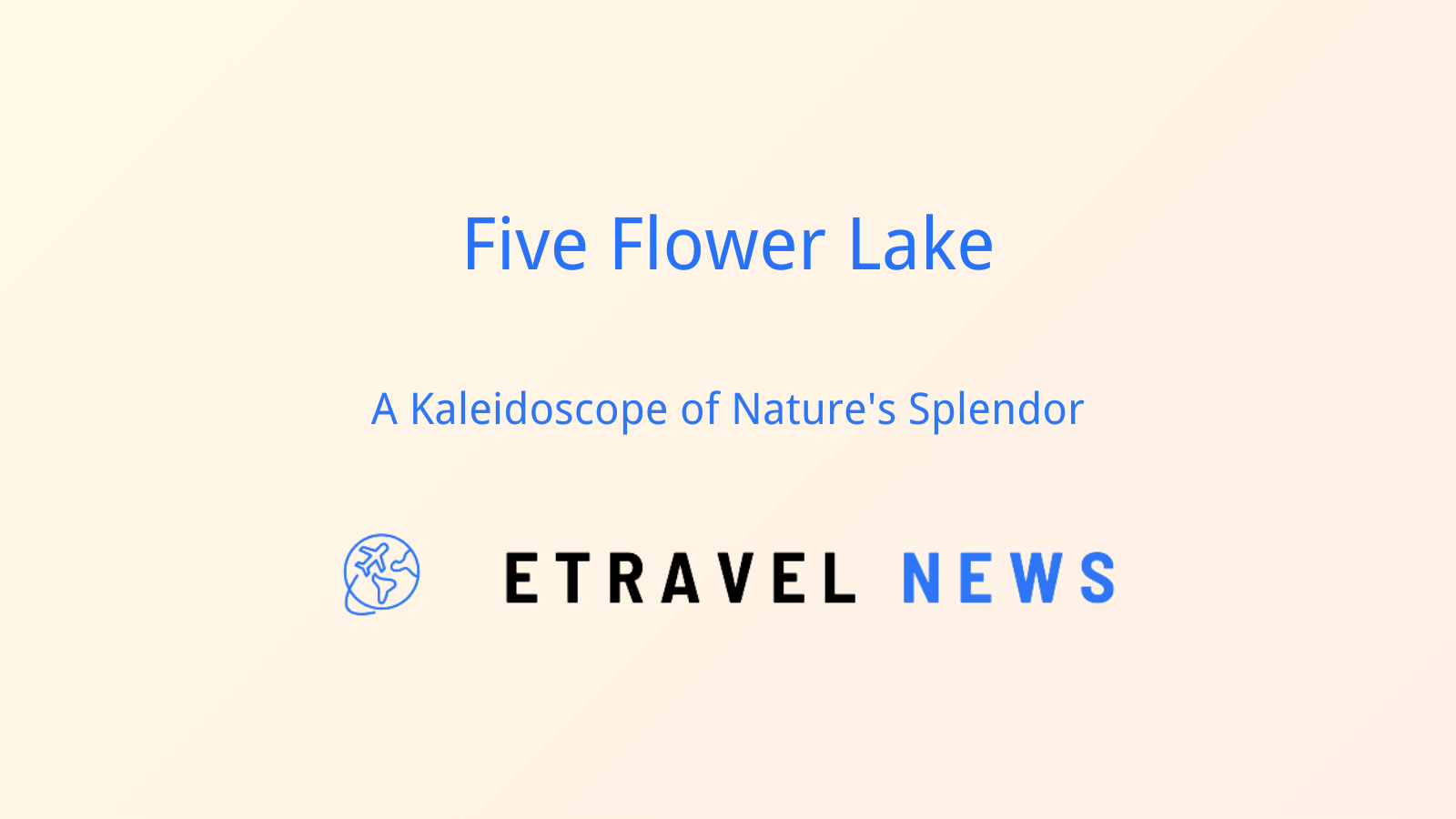Introduction to Five Flower Lake
Nestled within the breathtaking Jiuzhaigou National Park in Sichuan Province, China, Five Flower Lake (五花海, Wǔhuā Hǎi) stands as a testament to nature’s artistic prowess. This small but stunning body of water captivates visitors with its crystal-clear depths and ever-changing palette of colors.
Renowned as one of Jiuzhaigou’s crown jewels, Five Flower Lake draws thousands of tourists each year, all eager to witness its otherworldly beauty. The lake’s ability to reflect the surrounding landscape while simultaneously revealing its own underwater wonders makes it a photographer’s paradise and a nature lover’s dream.

Natural Features and Geology
Five Flower Lake owes its existence to the unique geological characteristics of Jiuzhaigou Valley. Formed by glacial activity and tectonic movements, the lake sits atop a bed of limestone, which contributes to its extraordinary clarity.
The lake’s underwater landscape is a spectacle in itself:
- Ancient fallen tree trunks crisscross the lakebed
- Calcium carbonate deposits create intricate patterns
- The shallow depth (average 5 meters) allows sunlight to penetrate fully
These elements combine to create a natural aquarium effect, where every detail is visible from the surface.
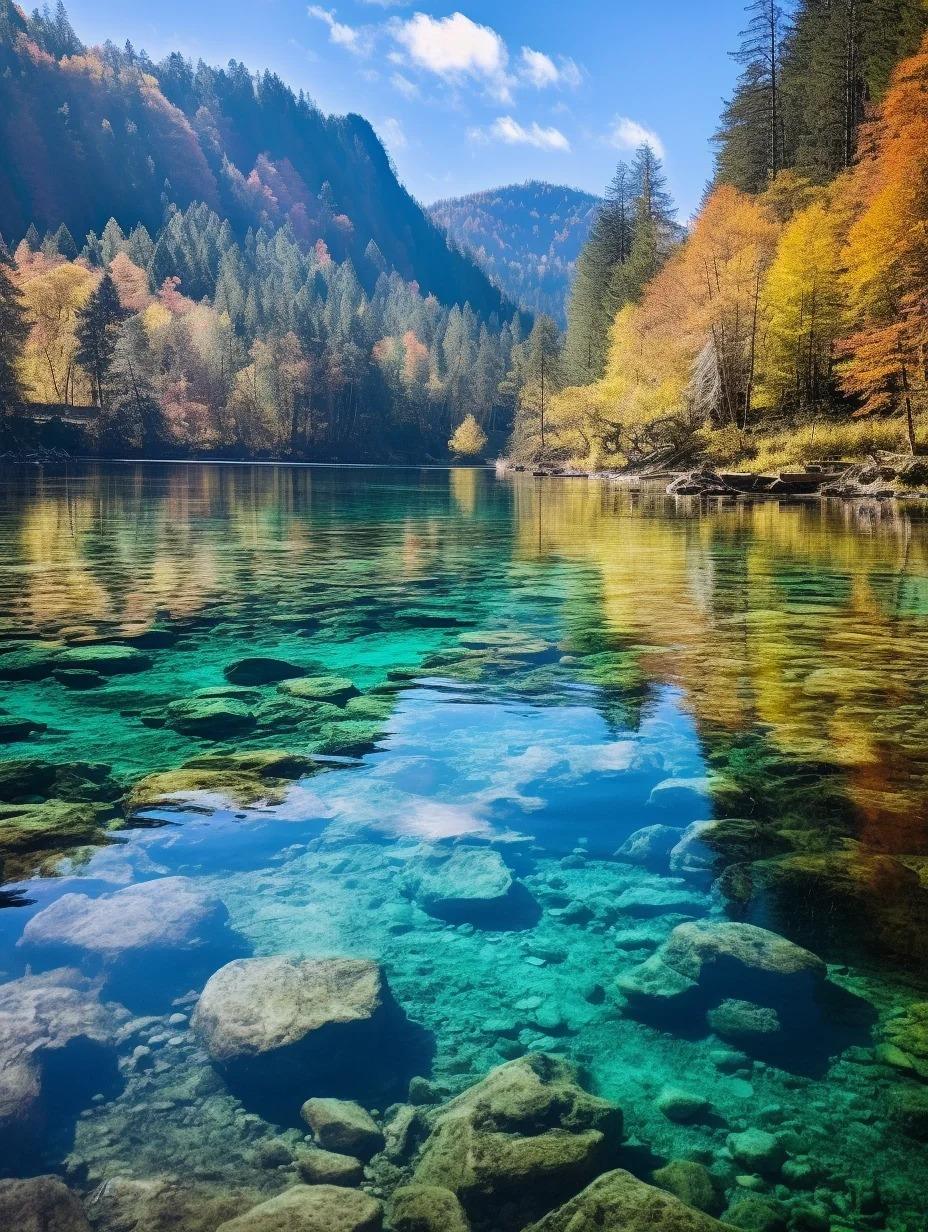
The Five Colors Phenomenon
| Color | Cause |
|---|---|
| Blue | Depth and mineral content |
| Green | Algae and aquatic plants |
| Yellow | Calcium carbonate deposits |
| Red | Iron-rich sediments |
| Purple | Organic matter |
The lake’s famous five colors are not always visible simultaneously. Their appearance depends on:
- Time of day and angle of sunlight
- Season and surrounding foliage
- Weather conditions and cloud cover
This dynamic interplay of factors ensures that no two visits to Five Flower Lake are ever quite the same.
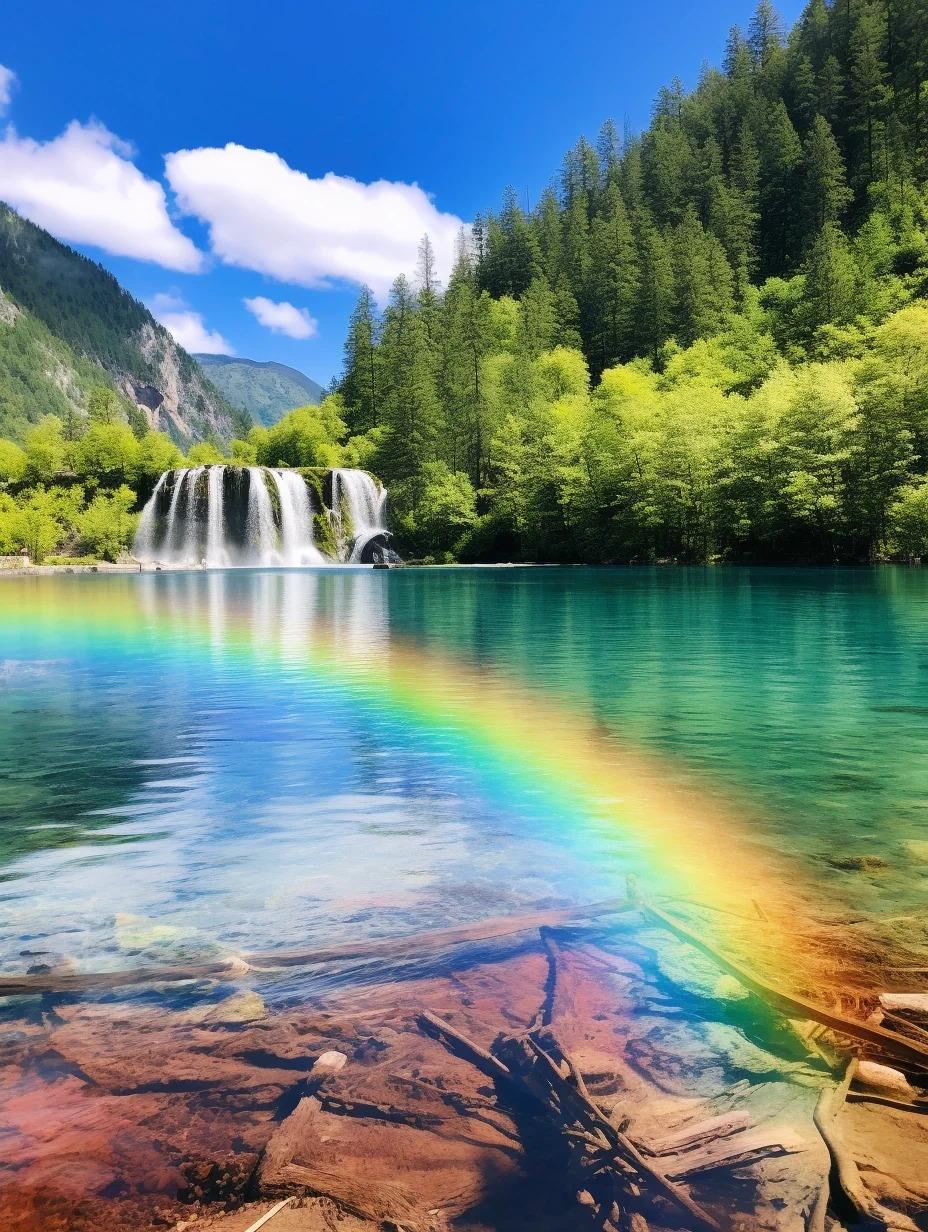
Flora and Fauna
The area surrounding Five Flower Lake is rich in biodiversity. The lake is encircled by a lush forest primarily composed of:
- Sichuan spruce
- Chinese fir
- Rhododendron species
Aquatic plants thrive in the lake’s clear waters, contributing to its vibrant ecosystem. While wildlife sightings are less common due to visitor traffic, lucky observers might spot:
- Various bird species
- Small mammals like Sichuan takin or golden snub-nosed monkeys in the surrounding forest
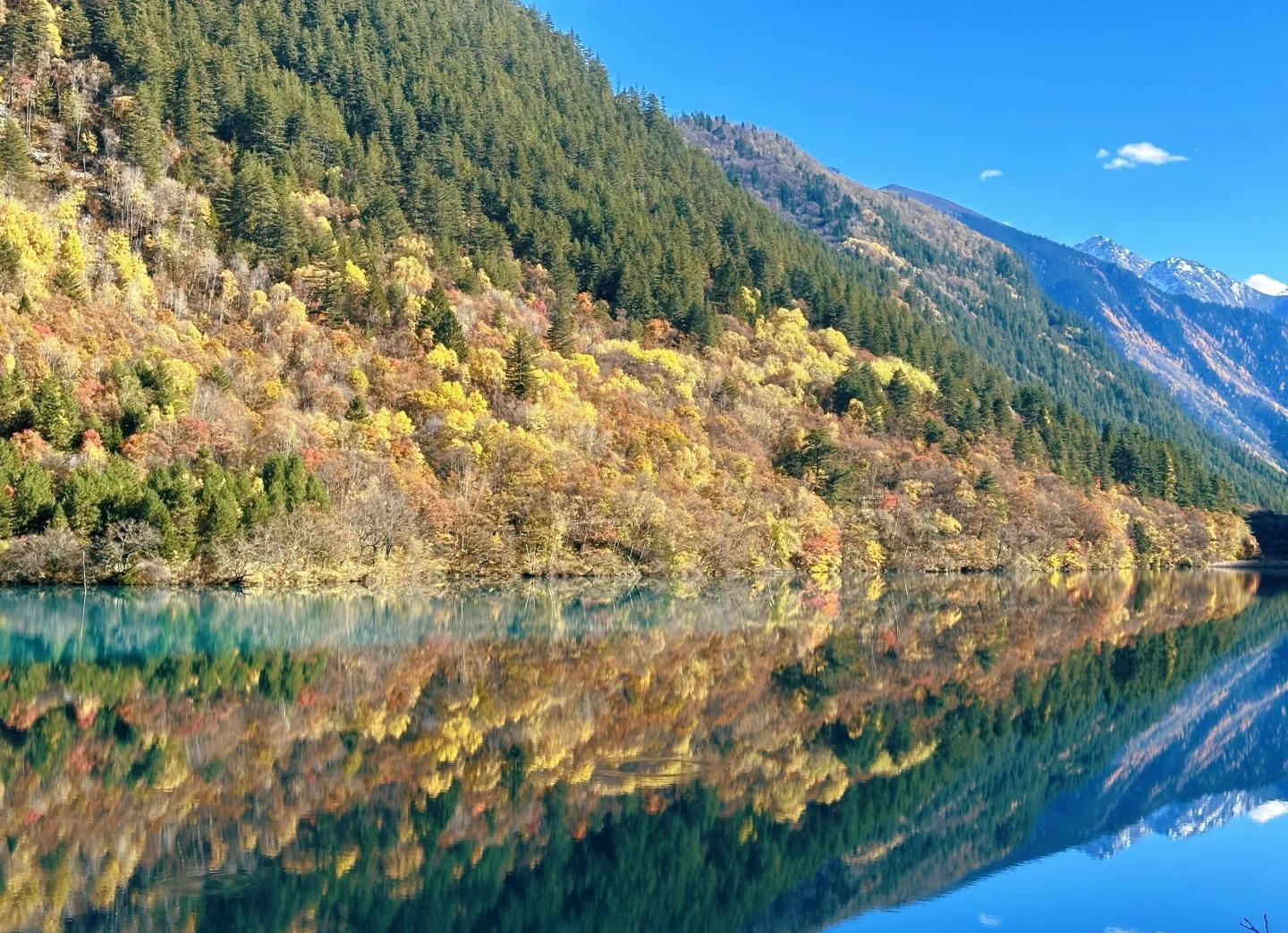
Cultural Significance and Legends
For the local Tibetan community, Five Flower Lake holds spiritual significance. According to legend, the lake was formed from a goddess’s mirror, shattered into pieces that fell to earth. Each fragment became a lake, with Five Flower Lake being the most beautiful.
The lake’s name stems from its multicolored appearance, which local folklore attributes to the goddess’s colorful gown reflected in the water.
Visiting Five Flower Lake
The best time to visit is during autumn (September to November) when the surrounding foliage adds an extra dimension of color to the scene. However, each season offers a unique perspective:
- Spring: Fresh greenery and fewer crowds
- Summer: Lush landscapes but peak tourist season
- Winter: Potential for snow-dusted scenery
A wooden boardwalk encircles the lake, providing easy access and multiple viewing angles. For the best photographs, visit in the early morning when the water is calmest and the light is soft.
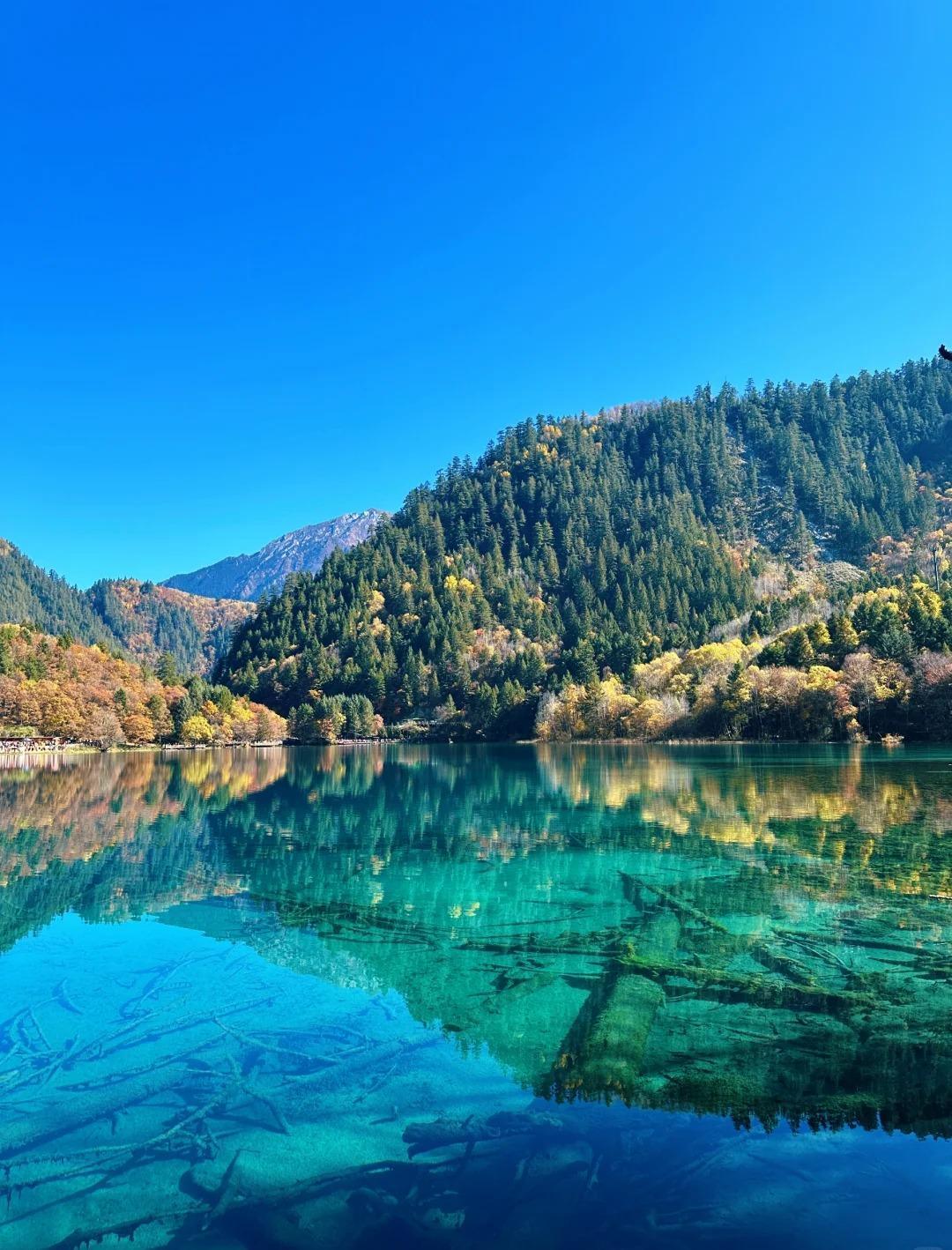
Practical Information for Travelers
To reach Jiuzhaigou National Park:
- Fly to Jiuzhai Huanglong Airport, then take a shuttle bus to the park entrance
- Alternatively, take a long-distance bus from Chengdu (8-10 hours)
Park entrance fee: Approximately 220 CNY (subject to change)
Opening hours: 8:00 AM to 5:00 PM daily
Plan to spend at least 30 minutes at Five Flower Lake, though many visitors linger longer to fully appreciate its beauty. The entire park deserves at least one full day, if not two or three.
Nearby attractions include:
- Nuorilang Waterfall
- Pearl Shoal Waterfall
- Mirror Lake
Accommodation options range from hotels near the park entrance to more rustic lodgings in surrounding villages.
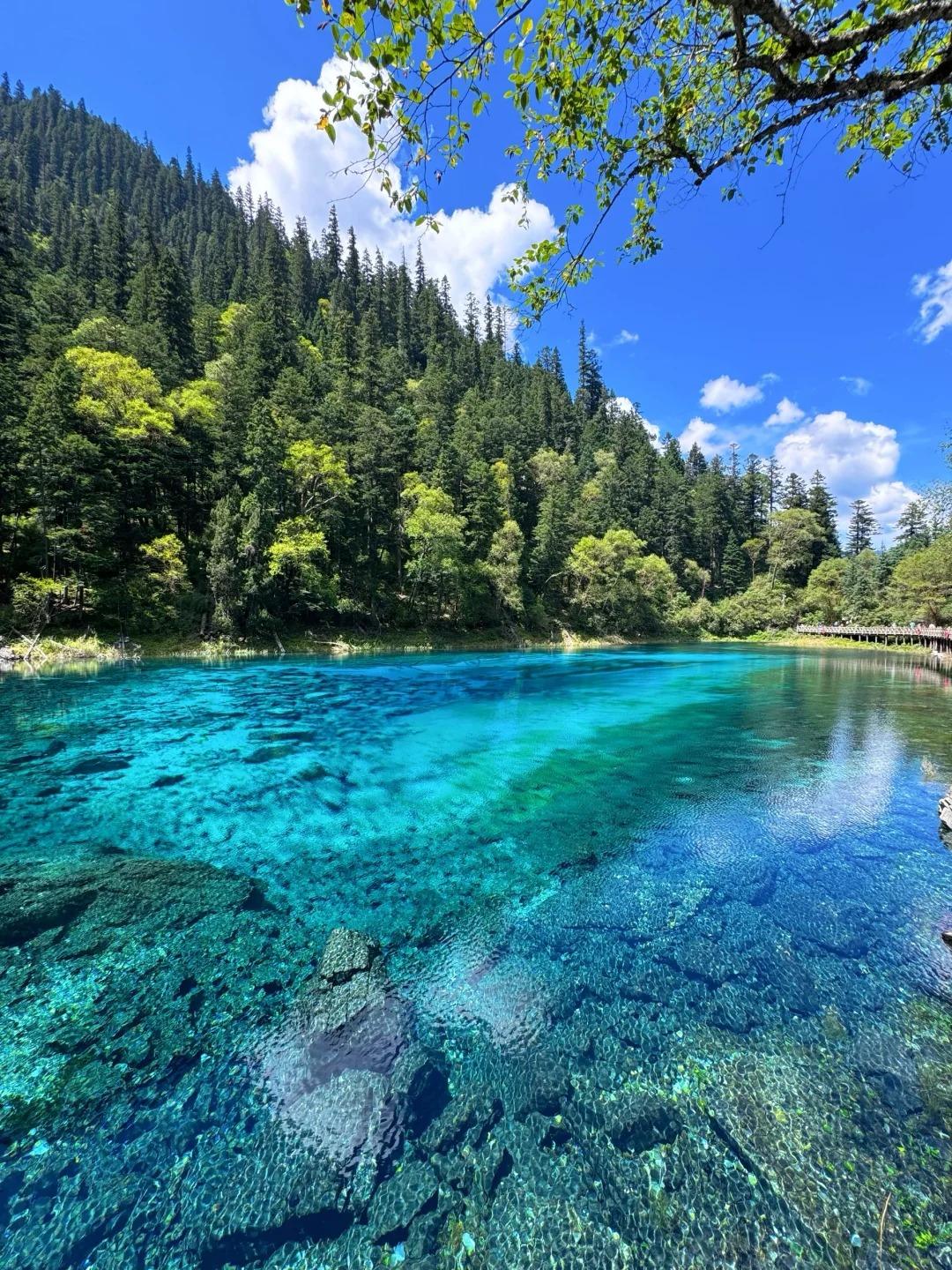
Five Flower Lake is more than just a scenic spot; it’s a natural wonder that challenges our perception of reality. As you stand on its shores, watching the interplay of light and color in its depths, you might feel as though you’ve stepped into a living painting. The lake serves as a poignant reminder of the incredible beauty our planet can produce and the importance of preserving such natural treasures for future generations to enjoy.


